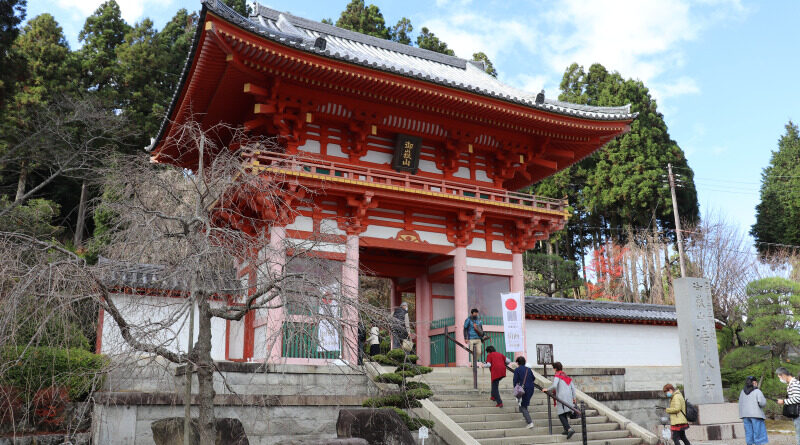
Banshu Kiyomizu Temple: Temple of Sacred Water
On the top of Mt Mitake, just on the border of Tamba (north Kyoto) and Banshu (Hyogo Prefecture), rests Banshu Kiyomizu Temple. Though this temple is not very easy to access to enjoys some popularity as one of the 33 temples of the Saigoku Kannon Pilgrimage and is famous for its beautiful fall foliage.
About Banshu Kiyomizu Temple
Temple records state that Banshu Kiyomizu Temple was built roughyl 1,800 years ago by the Indian monk Hodo, who is credited as the founder of many temples in Hyogo Prefecture. Though Hodo’s existence is sometimes seen as dubious, it is fact that the main parts of this temple do indeed date back to sometime around the 7-8th century.

That being said, many of the temple buildings burned down on several occasions, so it is possible that most of what we see at the temple today may not be very old.
Getting to Banshu Kiyomizu Temple
There are many temples of the Saigoku Pilgrimage that are easy to access—-Banshu Kiyomizu Temple is not one them. The closest station is The JR Aino Station. Getting to the station isn’t very hard, but from the station you have to take a 40-minute bus ride to the top of Mt.Mitake. You may be thinking to yourself that this too is not such a challenge. However, the bus for the temple only comes twice a day.
If you miss one of the two buses you can always walk to the temple. It is roughly 10km to Banshu Kiyomizu Temple, which should take the average person about three hours. As arduous as that may sound, walking to the temple can actually be fun. The countryside of Tamba Sasayama is pretty idillic.
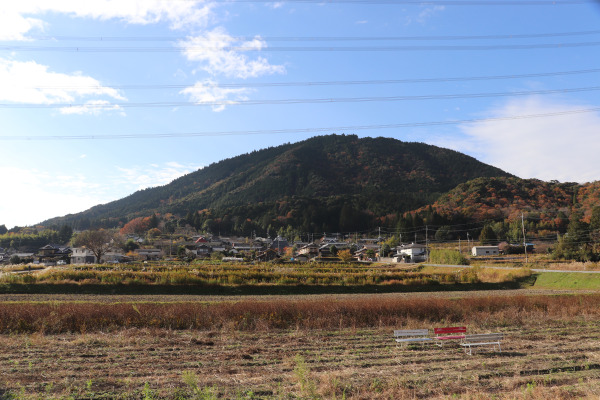
Walking to Banshu Kiyomizu Temple (easy version)
Our recommendation is to plan well at take the bus and get off at the bus top Kiyomizu, one stop before Banshu Kiyomizu Temple. From there it is only a short 2km walk up the mountain. The path to the temple is well-maintained and plenty of people are usually enjoying a short hike around there as well. Another perk of taking this path is that you will avoid the temple’s 500 yen entrance fee.
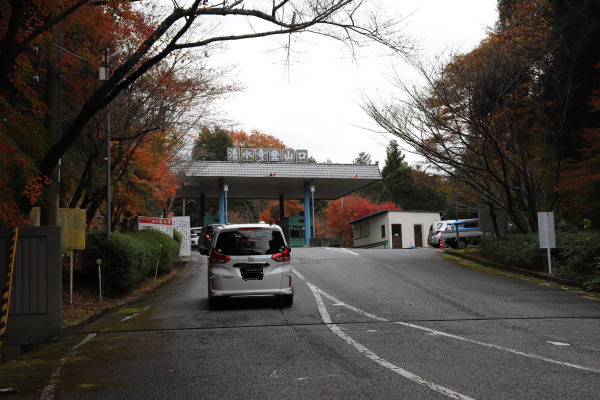
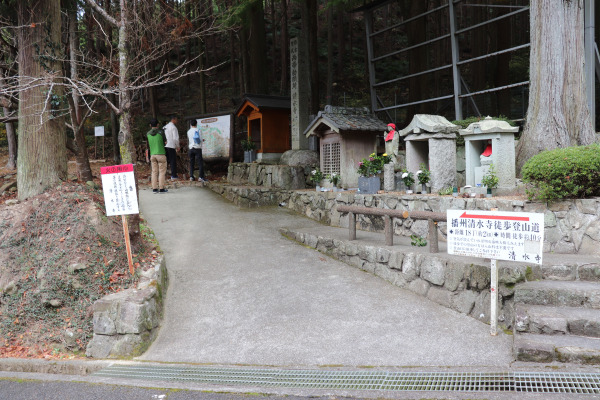
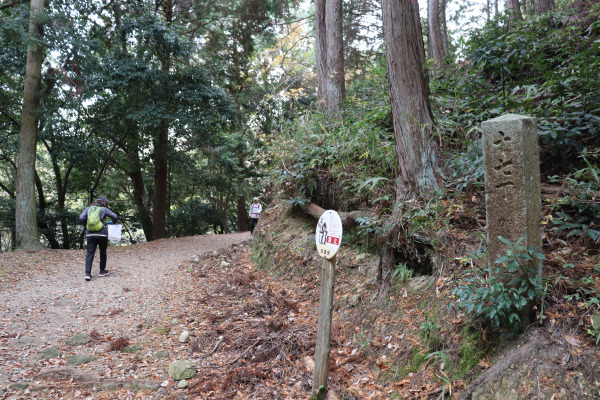
A brisk 40-minute walk after that will bring you to a long flight of stone stairs. You are now just outside of the temple grounds.
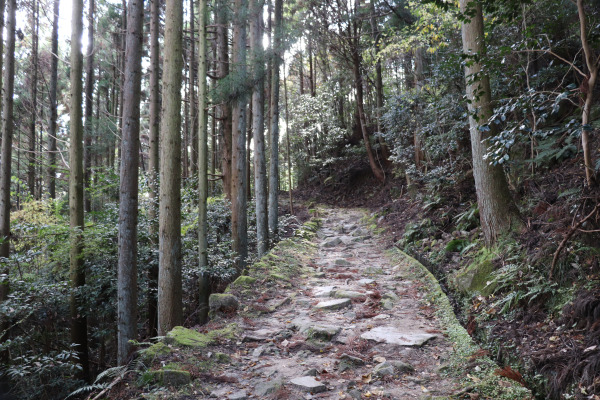
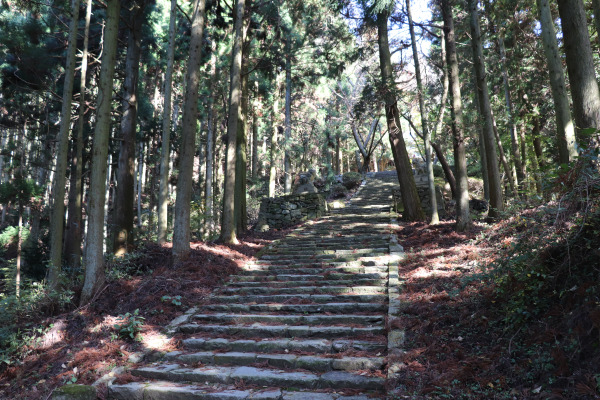
Temple Grounds
I thought that since this temple is small and isn’t easy to access, we would be of only a few visiting that day. However, in fact, there was a pretty decent crowd. There were even several restaurants and souvenir shops on the temple grounds!
Several temples of Saigoku Pilgrimage, like Sefuku-ji, Kannonsho-ji and Matsunoo-dera, are literally on the tops of mountains, and none of them were very popular. I imagine that the not-so-big-secret about Banshu Kiyomizu’s stunning fall foliage has made rounds.
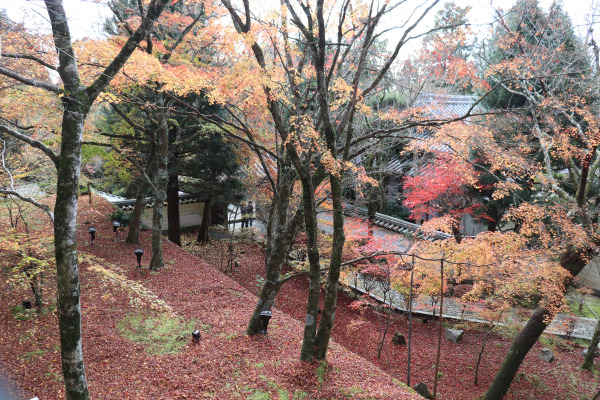
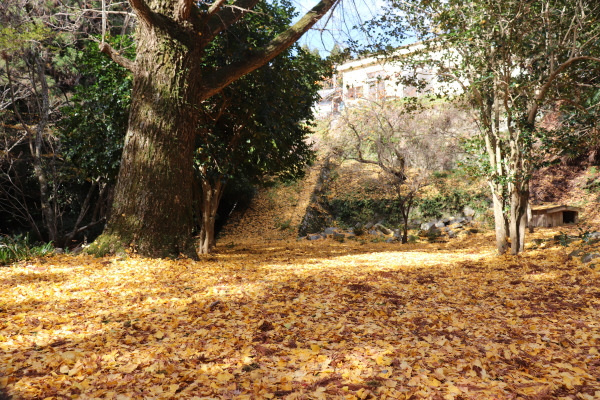
Daikodo
The first building you will see upon entering the temple ground is Daikodo, which enshrines one of the statues of Kannon of the Saigoku Pilgrimage. (Though this is not the principal statue of this temple).
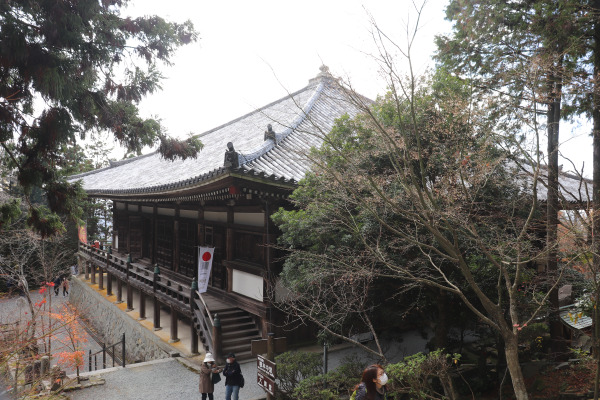
The current building is pretty new— circa the 1930’s, as the original burned down. Perhaps one of the really amazing things about the Daikodo is that its Kannon statue is on display year-round. Most temples of the Saigoku Pilgrimage only put their sacred Kannon statues on display once every couple decades!
Konponchudo
The Konponchudo is the main building of the temple and enshrininges the principle deity of the temple, Juichimen Kannon Bosatsu. This particular statue of Juichimen Kannon Bosatsu is indeed quite old. It is about 1,000 years old! It is only on display once in every 30 years, so if you are lucky enough to be at the temple when it’s on display do not miss it.
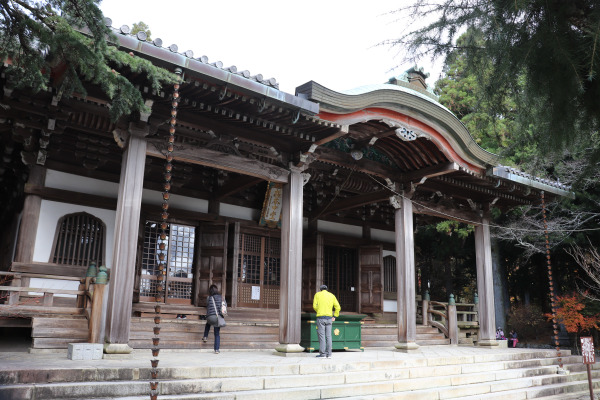
Konjosui : Sacred Water
Make sure to drop by the well further up from Konponchudo. Like its Kyoto namesake, Banshu Kiyomizu Temple also has sacred water. The temple legends say the spring of this well appeared after Hodo prayed here.
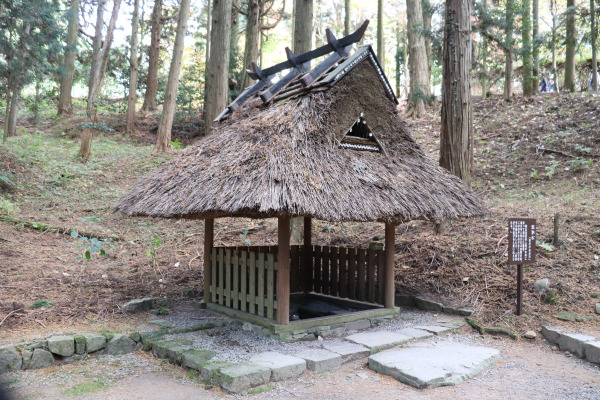
I wonder what it tastes like, but it seems the water here is not drinkable.
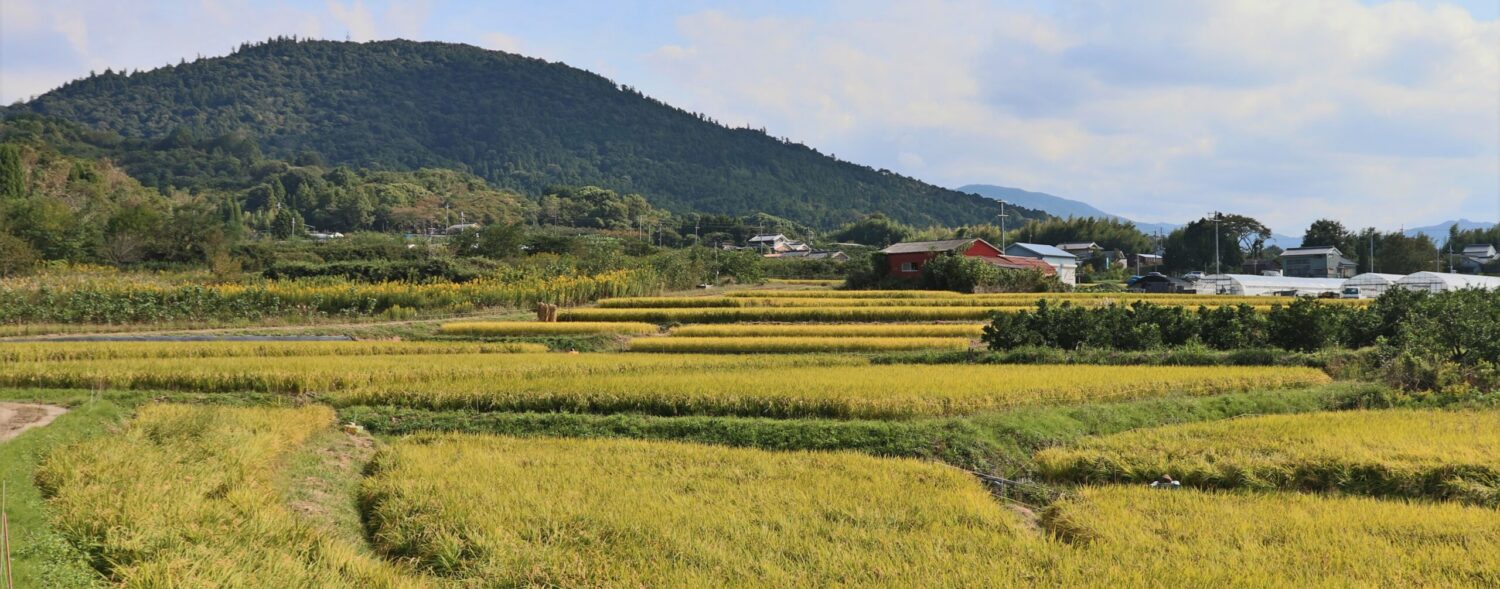
Leave a Reply